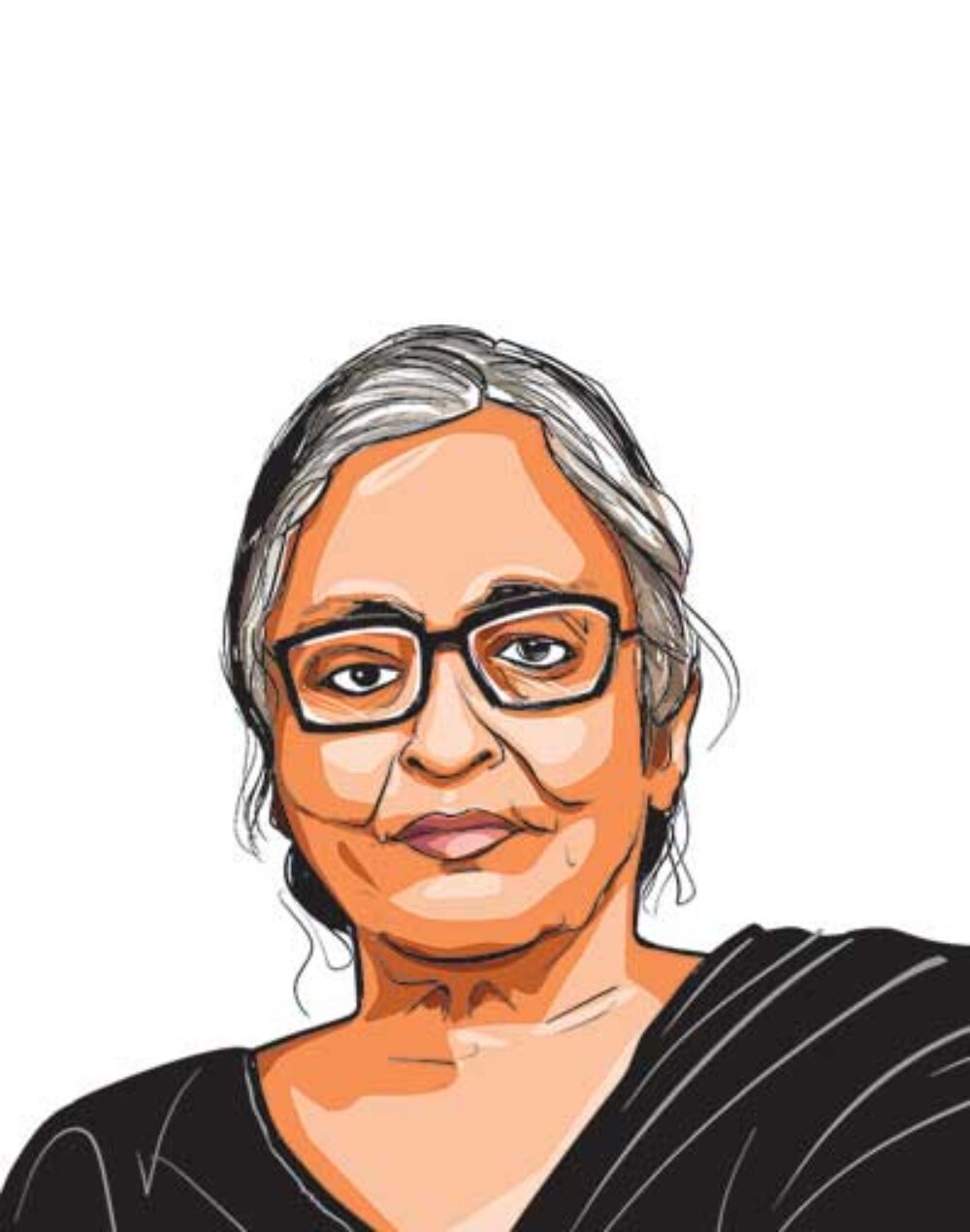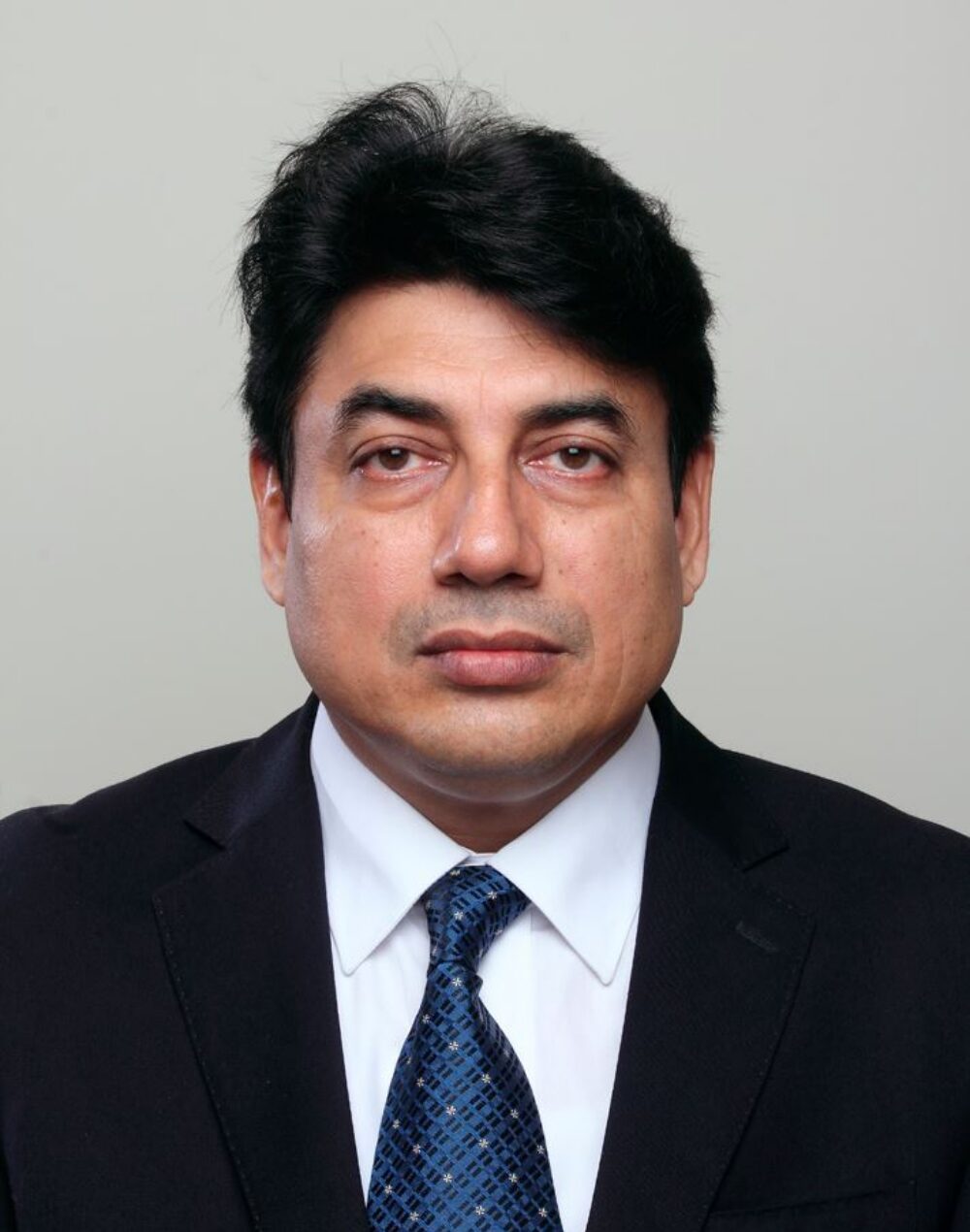

From ancient cities of Delhi with various names up to the making of New Delhi and now with various satellite towns, the city is the lifeline of new cultures. It has evolved continuously for four thousand years or so. Historians widely acknowledge that the city we know today as Delhi is at least seven—most say more—cities rolled into one. Due to its strategic location, Delhi, the capital of kings and emperors from the ancient past, has inhabited many avatars, from Indraprastha to Qila Rai Pithora, Lal Kot, Firozabad, Tughlaqabad, Shahjanabad, Dilli, Dehli, Delhi and New Delhi. A significant corpus of the remarkable history of this phenomenal city was written in Urdu, the predominant language of north India before the partition.
From ancient cities of Delhi with various names up to the making of New Delhi and now with various satellite towns, the city is the lifeline of new cultures. It has evolved continuously for four thousand years or so. Historians widely acknowledge that the city we know today as Delhi is at least seven—most say more—cities rolled into one. Due to its strategic location, Delhi, the capital of kings and emperors from the ancient past, has inhabited many avatars, from Indraprastha to Qila Rai Pithora, Lal Kot, Firozabad, Tughlaqabad, Shahjanabad, Dilli, Dehli, Delhi and New Delhi. A significant corpus of the remarkable history of this phenomenal city was written in Urdu, the predominant language of north India before the partition.
Shahjahanabad is the most extended surviving city or the city’s name in continuation of the civilisation and cultures from what we now call Delhi. 1803 was the watershed movement in the city’s history when the victory of the British over Marathas at Patparganj ensured that the crumbling Mughal empire’s end was near, which came to an absolute end in 1857. 1857 is the story of the destruction of the city; pollution in the great Indian civilisation, which evolved over thousands of years and in no way Muslim or Hindu civilisation; divide between the most influential language of shared cultural heritage, namely Hindi, which due to the policy to use language as a weapon to divide Hindus and Muslims, became Modern or Aadhunik Hindi and patronised by the British as the language of Hindus; actual Hindi became Urdu and patronised by the British as the language of Muslims. There was no language by the name of Urdu until the end of the eighteenth century, and the word Urdu as a language name was first used in 1775 and could not get currency until 1857. Even after that, Hindi was used by most Urdu poets, including Ghalib; until the second decade of the 20th century, Iqbal used the word Hindi for what we now term Urdu.
The establishment of Shahjahanabad Redevelopment Corporation by the government of Delhi is proof of the relevance of the cultural vitality of the socio-cultural elements and architectural uniqueness of Shahjahabad’s ethos.
The festival will deal with all these themes central to Indian culture and an integral part of Indian culture in various ways through literature, music, performing arts, popular culture, cinema and overall history as a tool to correct us when we change the path for whatever reasons.
شاہ جہاں آباد :عظیم ثقافتوں کا سنگم
مختلف ناموں اندرپت،دہلو،دہلیکا ،اور دہلی سےنئی دہلی بننے تک اور اب متعددمضافات کے ساتھ، یہ شہر نئی ثقافتوں کی روح ہے۔ ثقافت اور مدنیت کا یہ بے مثال نمونہ دس ہزار سال یا اس سےبھی زیادہ عرصے سےمسلسل ارتقا پذیر ہے۔ اکثر مورخین یہ تسلیم کرتے ہیں کہ آج ہم جس شہر کو دہلی کے نام سے جانتے ہیں وہ کم از کم سات مرتبہ بسایا گیا اور ‘ہر کہ آمد عمارتے نو ساخت’ کا مصداق یہ شہرمسلسل تغیر پذیر رہا ۔ اپنے جغرافیائی محل وقوع کی وجہ سے، زمانۂ قدیم کے بادشاہوں اور شہنشاہوں کی راجدھانی دہلی نے اندرا پرستھ سے لے کر قلعہ را ے پتھورا، لال کوٹ، فیروز آباد، تغلق آباد، شاہ جہاں آبادسے نئی دہلی تک کا سفر کیا ۔ اس غیر معمولی شہر کی قابلِ ذکر تاریخ کا ایک اہم کورپس تقسیم سے قبل شمالِ ہند کی مروجہ زبان’اردو’میں لکھا گیا تھا۔

Indian Actor

Eminent Historian and Retired Professor of History

Indian screenwriter, lyricist and poet.

Director, British Council, India

Writer, Gen. Sec. Anjuman Taraqqi Urdu (Hind)

Delhi-based Scottish historian

Prominent Indian journalist

Former Minister of External Affairs
Honorary Director Anjuman Taraqqi Urdu (Hind), United Kingdom.
Director at India International Centre. A retired 1978 Batch IAS Officer, he served as Secretary, Ministry of Civil Aviation, and is now a Member at the Central Administrative Tribunal, New Delhi.
Narayani Gupta, esteemed historian and retired Jamia Millia Islamia University professor, is celebrated for groundbreaking research in Delhi’s urban history. A founding figure in the Conservation Society of Delhi, she ardently promotes heritage preservation.
Shyam Saran, former Indian Foreign Secretary, chaired key diplomatic roles, led on Indo-US Civil Nuclear Issues and Climate Change, and received the Padma Bhushan in 2011. Currently, he serves as the President of the India International Centre.
Mr. Salman Khurshid, a seasoned Indian politician and former Minister of External Affairs, has played a key role in shaping India’s foreign policy, leveraging his legal background to address international issues.
President, Anjuman Taraqqi Urdu Hind
Director, British Council, India
(First translation of complete text of Zikr-i Meer)
by Edwin Jacob, Introduction by Lt. Col. Richard Maurice
Trustee, Indian International Centre
Anjuman Taraqqi Urdu (Hind)
Fields marked with (*) are mandatory
Copyright © 2025 | Anjuman Taraqqi Urdu (Hind)




